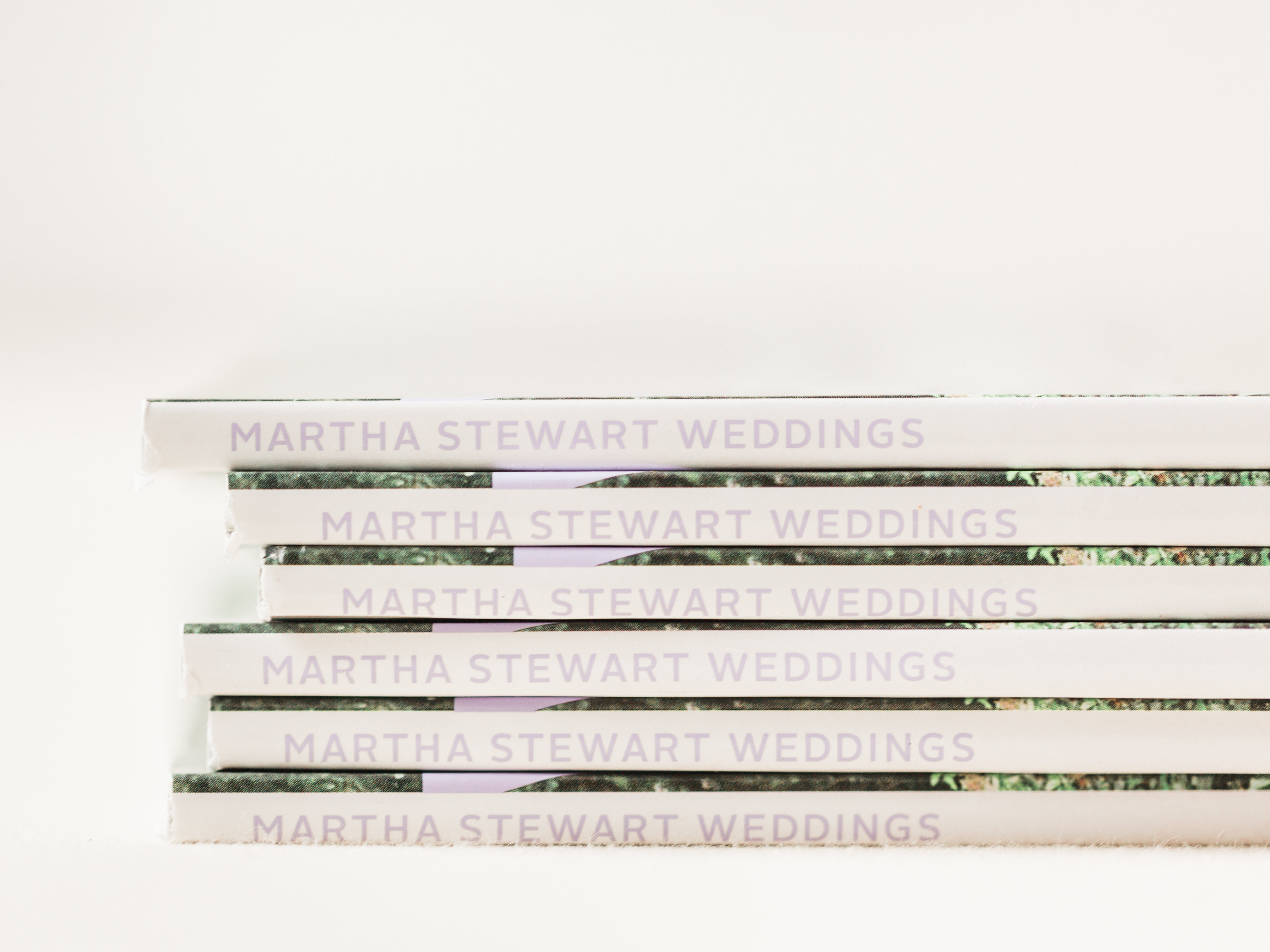just $9 (yes, f'real) →
You're in your boss era—Let's make the bots work for YOU. 💅🏼
Snag instant access to my Notion template of 200+ AI Prompts to rev up your junior copywriting bot team, see what AI tools I use to create powerhouse conversion content, and more.
get the little black book
of ai copy
all-new: snag yours—
scooch over, dewey decimal—browse the card catalog here
ARCHIVES
trending SEARCHes
shop our trainings
book a discovery call
view our services
Totally ~*done-zo*~ with rage deleting
drafts & staring at the blinking cursor?
Step inside our copy cave.









